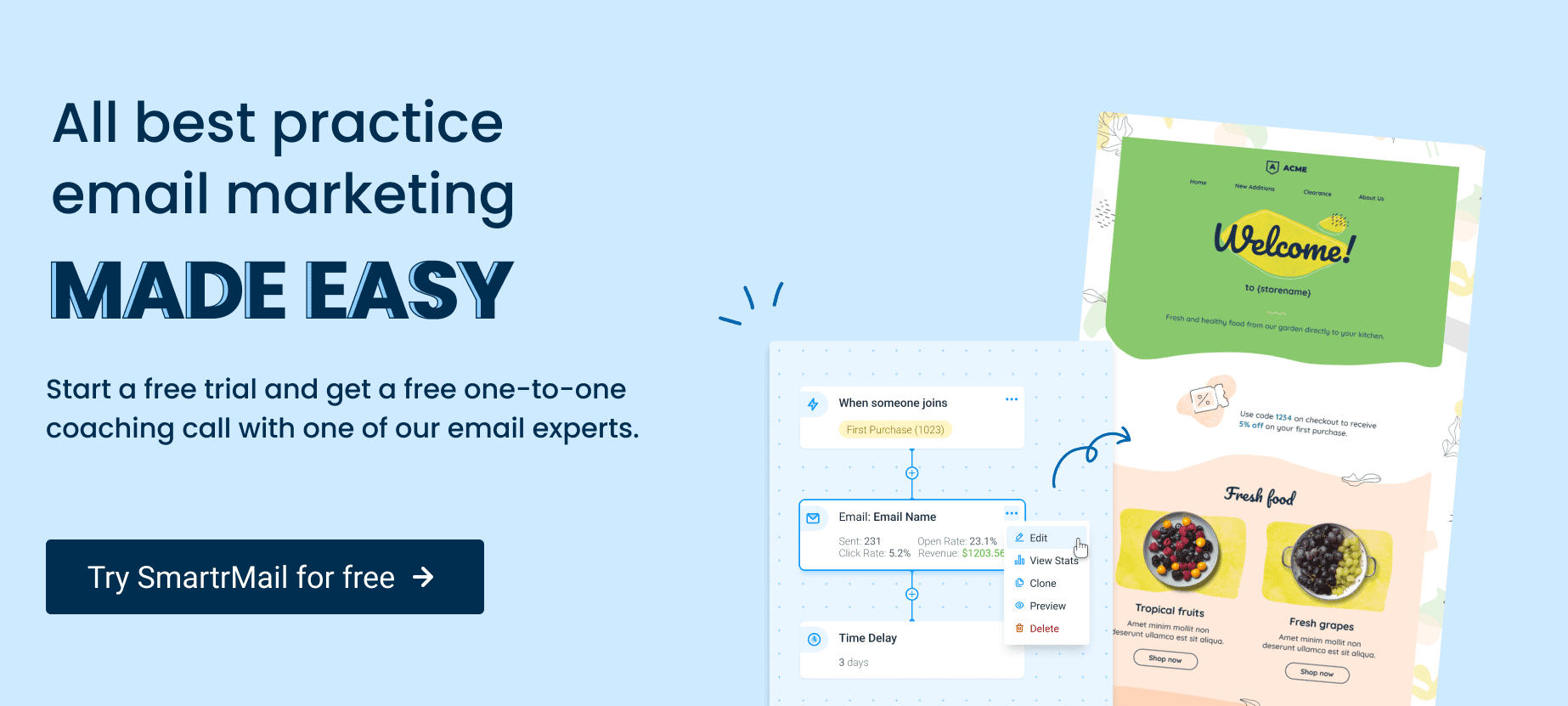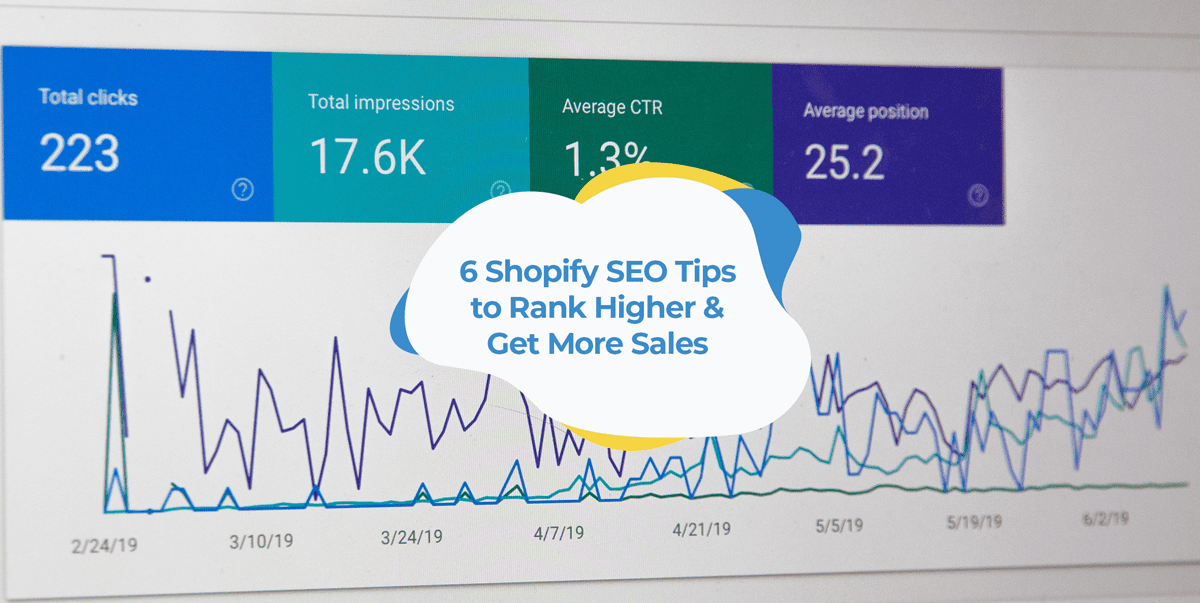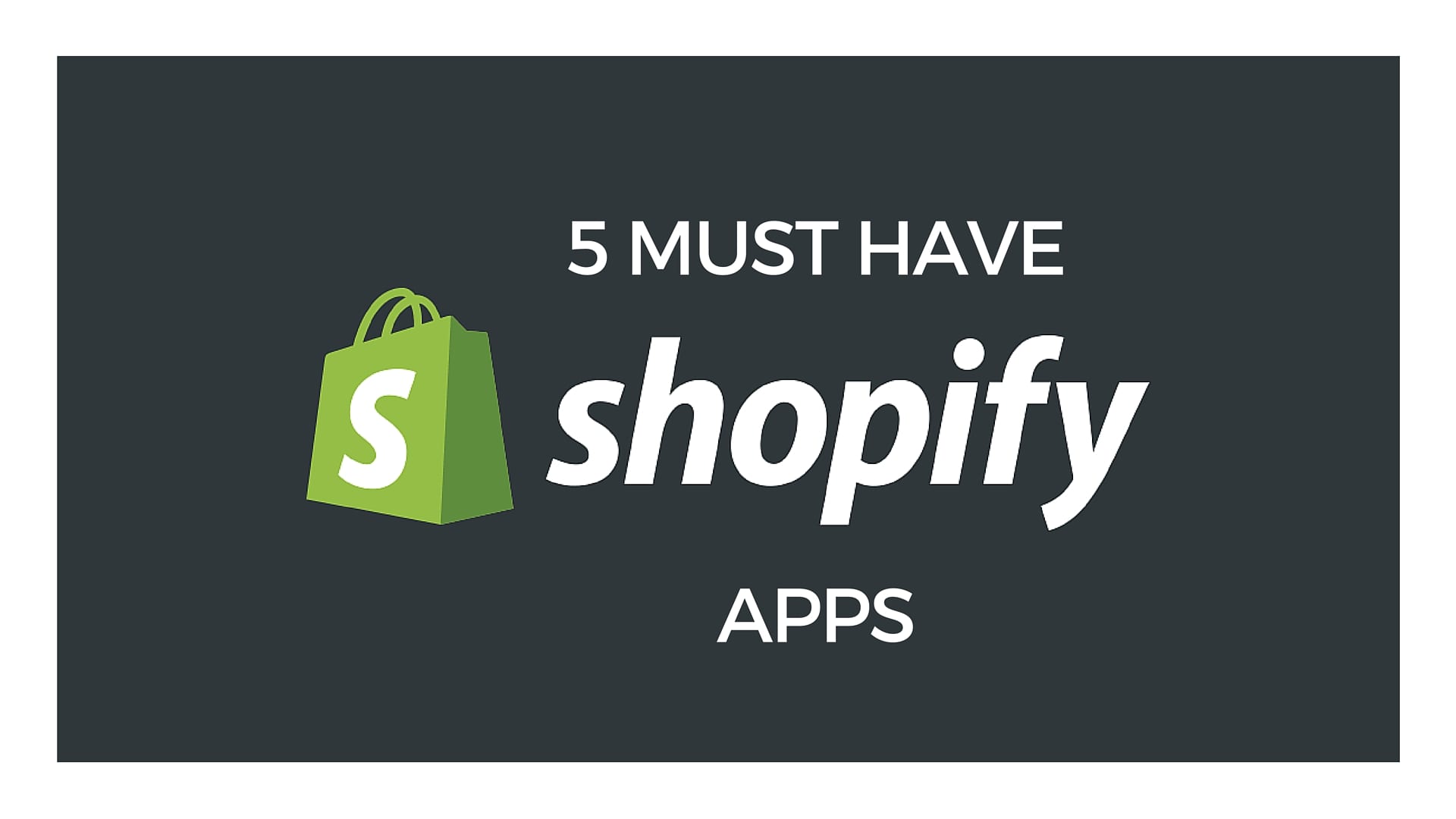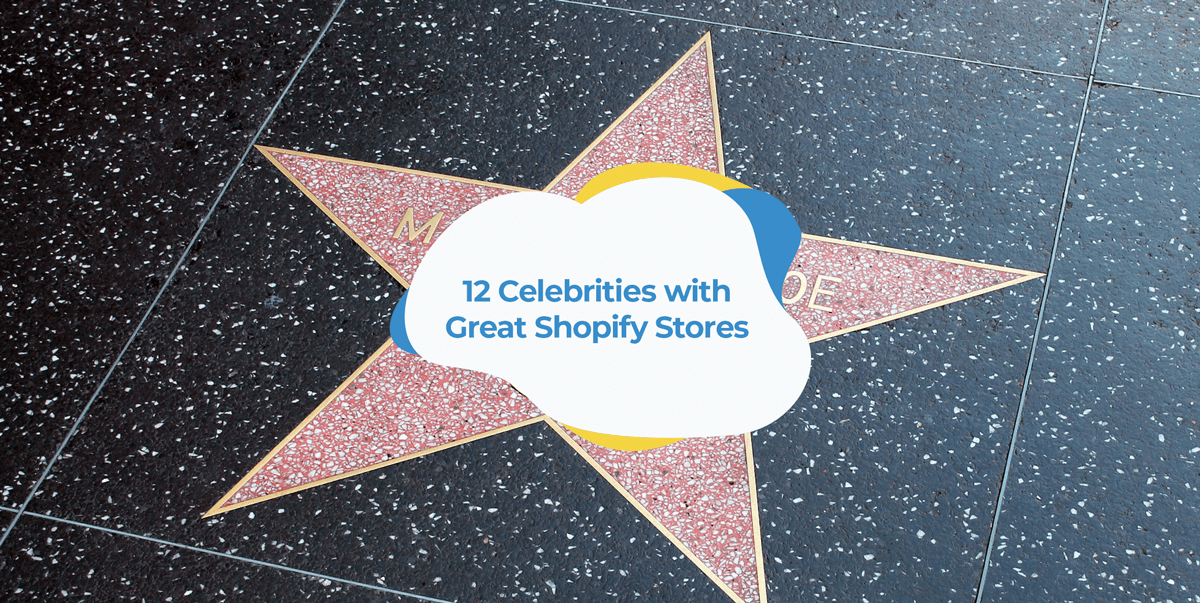Shopify is a huge eCommerce platform hosting more than 1 million stores. Though, 95% of Shopify stores fail. Why? There are many reasons, including bad search engine optimization, lack of marketing, poor design, etc. It can literally take a day to create your store on Shopify, but you have to work on it every day to get more organic traffic resulting in sales. SEO plays an important role in the promotion of your store, so today we’ll talk about Shopify SEO tips.
Is Shopify good for SEO?
The short answer is yes. Shopify has some SEO options right out-the-box which you can read about in the Shopify official SEO guide. Plus, it’s mobile-friendly, and starting from 2018, Google has provided the mobile-first indexing approach. So, if you have created your store on Shopify and successfully set initial SEO parameters, it will appear in Google search results. Then everything depends on you – the more SEO techniques you use, the higher you will rank.
How to get your Shopify site to the top of Google search results?
As with any other platform, to get more traffic for your Shopify store, you need to do a lot of work. The better your site is in terms of Google assessors, the higher your ranking will be. Below are a few SEO tips to help you make your Shopify store more popular.
1) Optimize the site structure
The way images, text, links, and other pieces of content are placed on your site is important for search engine optimization. If users navigate your site easily and can find what they need, they are more likely to return to it again and again, and spend a lot of time on your site. If the website appears to be complicated or overloaded, users will simply close it and open another store with the same products but with a more clear site structure.
What do we mean by structure optimization? Consider categories and subcategories on your site. The simpler your website structure is, the better for SEO. Consider a nice example below:
In addition, you need to create About and Contacts pages to let users and search engines know that your store is credible.

2) Research and use relevant keywords
Keywords have always been, and remain, core to SEO. For example, your users are looking for a “Gucci dress”. If you sell dresses from this brand, it would be a great target keyword to use on a related product page or a category page. However, remember that in 2021, there is no longer any point in spamming with unreadable keywords – all queries should be used organically, in a natural form. There are 4 main places in Shopify where you can and should use target queries:
- titles;
- descriptions;
- Alt tags;
- the text content on the page.
There are different strategies for using keywords. Some SEO experts advise using only low-frequency keywords, others advise paying attention to high-frequency keywords first. In any case, you need to collect, cluster, and use them rationally. In addition to your main query, find and use related keywords. Consider using professional services for this, for example, SE Ranking, which allows you to track the positions of your store, find new relevant keywords, and cluster them.
3) Create meta tags
You can use the free Shopify functionality and add meta tags manually for each product and page. There are also special Shopify apps that automatically generate relevant meta tags, including title tags, meta descriptions, alt text, and so on. Meta tags are needed so that Google robots can understand and evaluate the content on your pages.
4) Generate a sitemap
In fact, Shopify generates a sitemap automatically. It contains links to every piece of content on your site (pages, products, images, etc.) and tells the Google assessors which URLs to categorize. However, if you are already in advanced SEO, you can generate a sitemap manually and exclude some pages, for example.
Remember that if you are on a Basic Shopify plan, the sitemap is generated only for your store’s primary domain. If you’re on any of the more advanced plans, you can use international domains and create region-specific domains. In this case, the sitemap will be generated for all your domains.
5) Canonize URLs and find your robots.txt
Shopify allows users to canonize URLs to tell the Google robots which one is the master version of multiple identical pages, so don’t forget this step. In addition, Shopify automatically blocks page content that may reduce the effectiveness of your SEO work – for example, the shopping cart page is always blocked. In the robots.txt file, there’s a list of pages you allow or don’t allow search engines to crawl. You can’t edit it but you should be aware of the pages that are not indexed.
To ask Google to crawl your store content again, make changes to the sitemap and submit it to Google Search Console. And if you want to add some pages to the robots.txt for pages you don’t want to index, you’ll find a step-by-step guide here. But remember that you can’t exclude those pages from the list, only to add them.
6) Link product pages from the main page
Your store’s homepage is the center of your entire website with the most link juice. There should be links to category and product pages from the main page. Links to categories should not only be in the menu, but also on the main page as well. It may sound obvious but it is a common mistake made by inexperienced Shopify store owners. Some categories or subcategories can be hidden so deeply in the structure of your site that users will not find them without links.
Summary
Shopify SEO is similar to SEO work on any other platform but has a few nuances. Overall, Shopify has some initial SEO settings, so even a person without internet marketing knowledge can promote their online store little by little. However, to achieve impressive results, you need to understand the intricacies and move on to a more advanced level. In addition, you can use any SEO applications that Shopify itself offers – there is a large selection of various services that partially automate SEO tasks.




